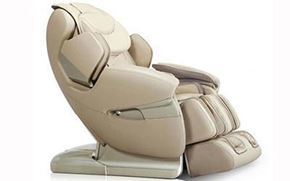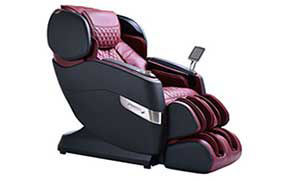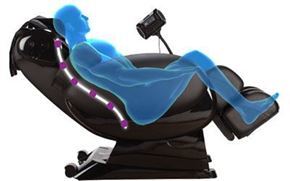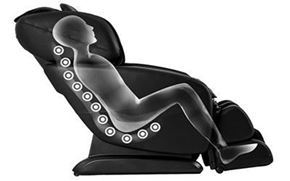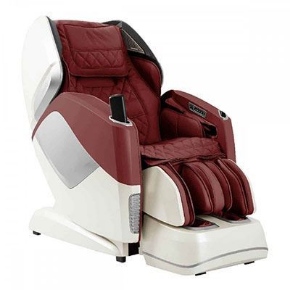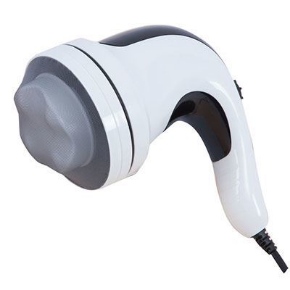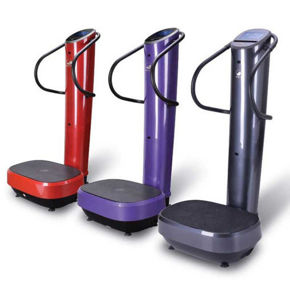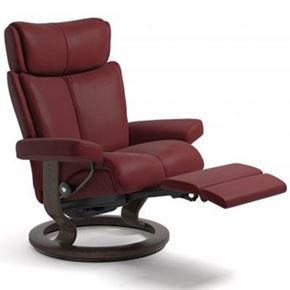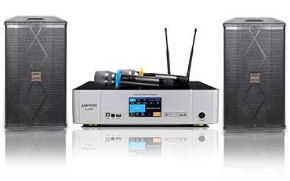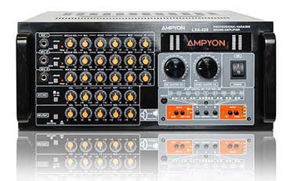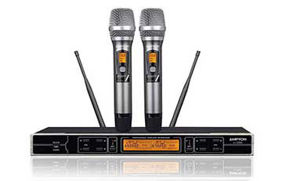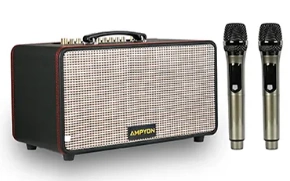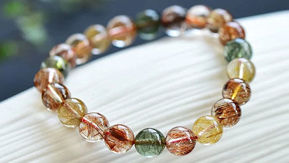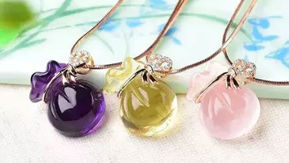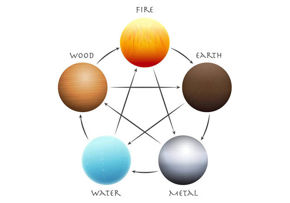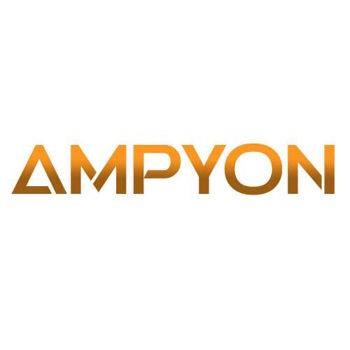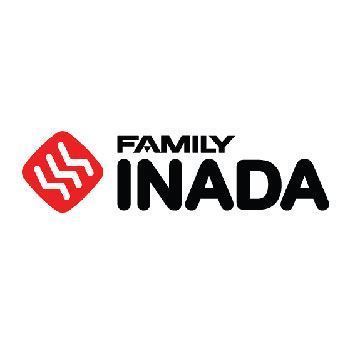Over half of pond owners have at one point voiced out about their dissatisfaction with pond liners and are opting for concrete construction. Yes, concrete is much more expensive than liner, yet, if built correctly can last for over 50 years. Though, a pond liner makes the soil salty by preventing the pond water from penetrating the soil, there are some drawbacks worth considering too.
Let us compare these two systems of constructing ponds.
- Installation
Concrete can either be installed by yourself (as long as you have the skills) or by a professional. It is quite easy as it involves filling at least the floor of the pond in concrete, and then constructing the walls with concrete block type of material.
Ethylene Propylene Diene Monomer – EPDM is a type of rubber liner that give great flexibility for the placement of large rocks, making it easy for building precisely as planned and dug. EPDM liners are fish-safe and easier to integrate the side of the pond with the landscaping. They do not require water-sealing cement to return the water.
- Rock Position
In the concrete construction, rocks are all mortared in place. This permits small children and adults to climb on the rocks without any possible injury resulting.
With pond liners, rocks will move and shift on their own. Then, a few months later, the liner will become exposed around the pond.
- Lifespan
Most liner advocates tell you the life expectancy is thirty or even forty years, but don’t specify that it is only against factory defect. They fail to mention the other issues like the disaster those heavy rocks cause on the liner or the damage from children with garden utensil or sharp sticks.
Concrete waterfalls are permanent, cheaper to operate, cheaper to maintain, easier to clean, safer, more natural looking, and longer life-expectancy. Concrete ponds are built in every climate to last more than 50 years.
- Energy Consumption
The concrete pond uses the above-ground pump to produce 5, 800 gallons per hour at 356 watts. Pond liners can’t use above-ground pumps because they don’t use bottom drains. This leaves them with no other choice but to utilize sump pumps. These sump pumps were originally designed to pump water from sump pits in cellars and basements. This is why the pond liner kit comes with a sump pump.
The pump produces 5,700 gallons per hour i.e. 100 gallons less, at 911 watts of power i.e. about twice that of the above-ground pump. This implies that pond liners are not designed to save energy because at that rating, your electricity bill will increase by an extra $525 per year at $0.12/kwh. Calculating per horsepower, of all pumps, they are the greatest consumers of energy.
- Bottom Drains
The use of bottom drains cannot be used by liner advocates because over half the sources for leaks in pond liners are from bottom drains. To install the drain, the liner is cut and sealants are applied with pressure rings to make a seal that it water-tight. The sealants dry out or eventually break down and seal collars warps, which results in time wasting and expensive repair.
Structurally, most concrete ponds however, are the same as concrete swimming pools - just the mechanics are different. They use larger diameter piper for the bottom drains, and so forth.
- Design
While building the concrete pond, designs can be outlined and chosen at will – designs such as altering the width, length or shape of the pond. But with a pond liner, the parameters are fixed – they have already been set by the manufacturer of the kit, permitting no design liberties.
MERITS
For concrete pond:
Concrete ponds are more permanent than a liner pond.
It is easier to install rockwork on a concrete pond compared to a liner pond i.e. if you want the rockwork mortared in place.
The inside contour of the pond can be built to have smooth flowing walls leading from the top to the bottom drain, making the bottom easier to keep clean.
For pond liner:
Installing a preformed liner is quicker and with a more natural result on new designs of liners that are now available.
Preformed fish pond liners are thicker and very rigid. if a small sharp edge underneath the liner has been missed they may not puncture, with a flexible liner it is more likely to leak from such an edge.
Since they are smaller and shallower, performing routine maintenance and keeping the fish pond clean tends to be easier.
Designs are already available, you don’t need to shop around and looking at all of the designs available. You already have an instant insight into what your fish pond will look like.
DEMERITS
For concrete pond:
Repairs can be difficult and expensive
Cracking and leaks can occur as a result of improper construction or ground movement
Once a cobblestone or boulder is set in concrete, it becomes difficult to change
Causes the leaching of lime which causes higher alkalinity and pH
Maintenance, sealing, initial cost, ongoing cost, painting, and permanence, it is difficult to change concrete pond if you get tired of the design.
For preformed pond liner:
The preformed liners are more expensive and can affect those on a tight budget.
Full measurement is essential as all areas must be perfectly leveled.
You are limited to the preset designs that are available. This is not the option for you if you are after a unique design for your fish pond. However, this disadvantage can be ignored if you are satisfied with the designs that you have found.


